We recently updated our Privacy Policy. By continuing to use this website, you acknowledge that our revised Privacy Policy applies.
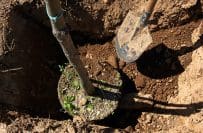
Arbor Day is almost a month away and if you have clients asking questions about properly installing a tree, you can share these clearcut steps with them. First, discuss with your client what type of tree they’d like to plant. Make sure their desired species can thrive in the climate where they’re planting. Once those […]
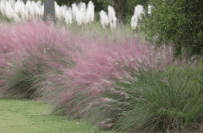
There are numerous types of ornamental grasses, and they can provide texture, movement and beauty to any landscape. These plants can be used as groundcovers, specimen plants, erosion control and vertical design elements. While they require little effort to maintain, they do still benefit from regular care such as pruning and dividing. Pruning Whether pruning […]
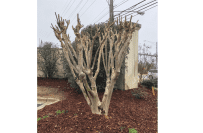
If you’re located in the South or have visited the region in late January or February, you’ve probably noticed a strange phenomenon where dormant crape myrtles are suddenly beheaded. Often this well-intentioned but ill-informed practice stems from the belief it is necessary to encourage flowering in the plant. This is not the case. It […]

Since being detected in Pennsylvania in 2014, the spotted lanternfly (SLF) has spread throughout Northeastern and Mid-Atlantic states. Currently, SLF distribution includes Pennsylvania, Maryland, Virginia, West Virginia, New York, Delaware, New Jersey, Connecticut, Rhode Island, Massachusetts, North Carolina, Ohio, Michigan, and Indiana. You can view this county-based map for the most up-to-date record of […]
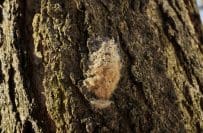
Clients might think in the winter there are no lawn or landscape matters to concern themselves with, but this a prime time to monitor and eliminate overwintering pests that can become a problem in the spring. While one can hope the freezing temperatures will kill off all of these troublesome insects, many can survive as […]

Just like humans can benefit from a shot when they’re feeling under the weather, tree injections can be a helpful tool when it comes to restoring or maintaining a tree’s overall health. First introduced in the 1970s, tree injections have become widely accepted as a tree health care service. These targeted injections can provide protect […]

Rose rosette disease is a condition that attacks roses, causing them to develop strange, deformed stems, leaves, and flowers. Rose species and rose hybrids are the only suitable hosts for the disease, with its primary host being the multiflora rose. As of now, there is no cure for rose rosette disease, making it an incredible […]
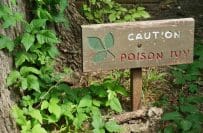
Landscape crews are far more likely to encounter poisonous plants than the general population so it’s important they know how to identify and reduce their exposure to them. According to OSHA, 85 percent of the population develops an allergy if exposed to poison oak, poison ivy or poison sumac. Even if a worker didn’t have […]
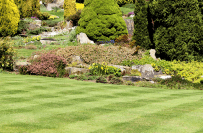
Sports fields are often known for their lush swaths of green grass with perfect stripes or mowing patterns. However, mowing patterns aren’t limited to just athletic fields. You can make your client’s property the envy of the neighborhood with the right steps. Lawn striping can be used to accentuate certain parts of the property or […]
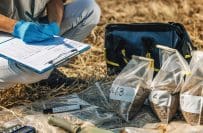
When you take on a new lawn care client, you may think you know what products should be applied based on what you’re seeing in the turf. However, there is a lot more going on than meets the eye and this is where soil tests come in. “It’s like going to the doctor,” says Mike […]